What We Do
Priority Needs of Remote First Nation Administration and Governance
If First Nation administration staff or governance answer yes to any two of the following questions, their community’s administration or governance may be trapped in a dysfunctional status quo by stumbling blocks.
- Is your First Nation behind in funder reporting requirements? (What does your NORR report look like?)
- Does your First Nation struggle to get information out to auditors? (Is your First Nation behind in its annual audits?)
- Does your First Nation struggle to work with staff or community members to develop solutions to complaints or in-community problems?
- Has your First Nation created corporations to receive joint ventures or other contracts, but there is little to no revenue returning to your community?
- Does your First Nation have unseen, missing, damaged (unusable), misplaced, lost or forgotten documents that are needed for consultations or negotiations?
Dr. Herbert felt his learning had leveled off with providing capacity from outside a First Nation administration environment. To learn more, in 2023-25 Dr. Herbert worked as a Band Administrator (Band Manager) to provide capacity in two communities for over 18 months. During that time, priority capacity, organization and information management needs were noted, strategies developed and tested, where possible.
Working within First Nation administration, a number of stumbling blocks for staff, chief and councillors were recognized. Some of these include: Poor access to records/information, lack of staff capacity, undefined staff roles, unclear lines of authority, underdeveloped administrative policies, missing governance committees, missing workplace health and safety structures, lack of management training, conflicts of interests, and issues with accountability.
Some of these stumbling blocks were a result of gaps in education, training accessibility, or a lack of access to both in-community and external capacity. However, other stumbling blocks were based on an adherence to a status quo derived from a lack of exposure to other solutions. These solutions can often compliment what is already in place with minimal staff adjustment.
Stumbling blocks surfaced as performance hurdles: Such as inadequate record keeping (missing documents), unsubmitted reports, incomplete financial audits, absent staff, lack of transparency, underperforming departments and more. These underlying stumbling blocks are part of root causes for administration’s or governance’s inability to resolve service gaps for their membership.
Hiring outside capacity to help with priority needs, such as catching up on reports, is a necessary, but short term fix. CAID can help provide short term capacity. However, CAID can also work with your community’s staff and governance to identify stumbling blocks and develop short, medium and long term action plans for administration and governance to move forward.
Contact Us if you require more information or your community needs help.
Help Support this work.
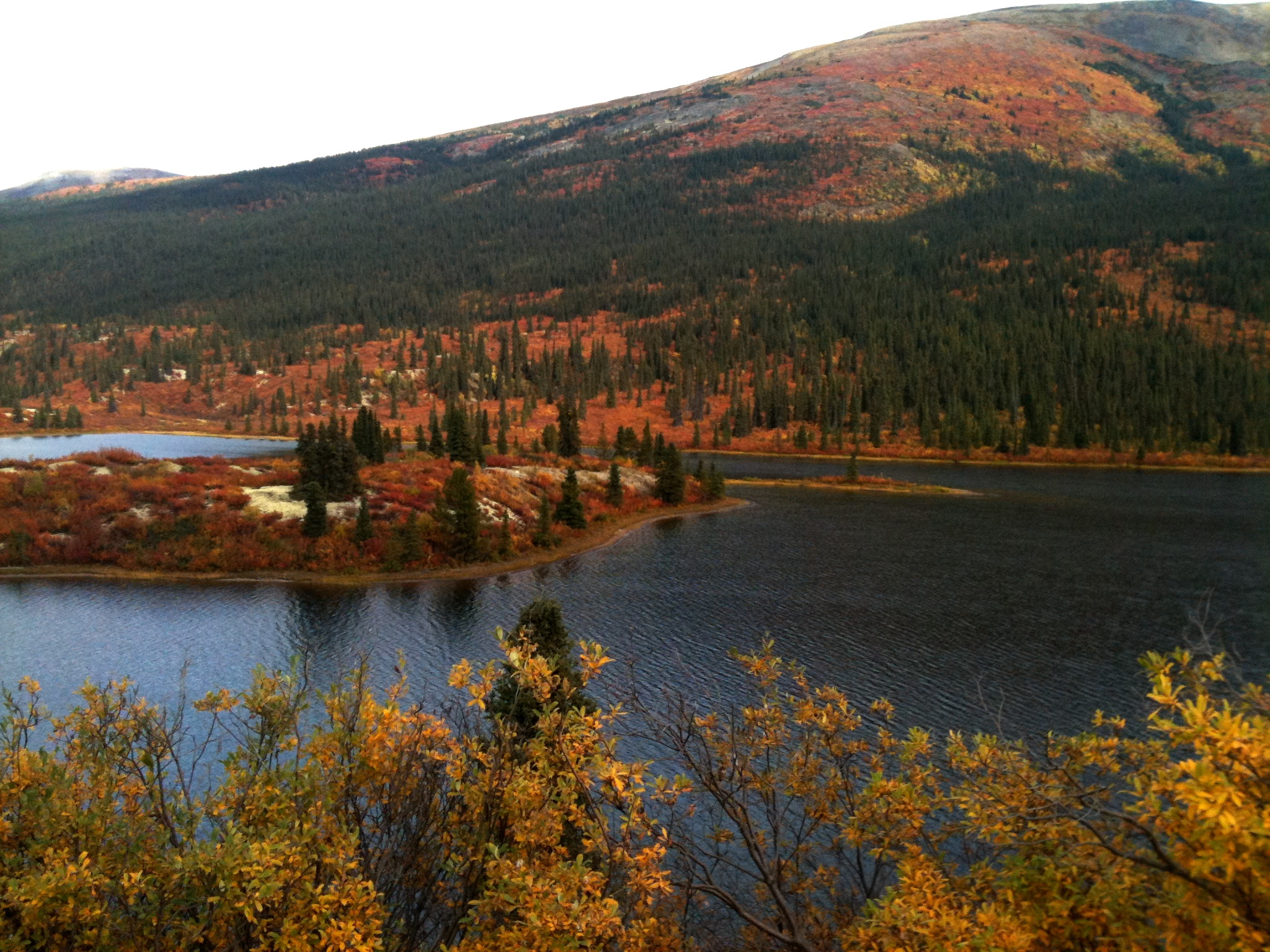
South Canol Road, Kaska Territory, YT
Indigenous-Required Information Management
If a First Nation’s administration staff or governance officials answer yes to any of the following questions, their community needs help with information management and record keeping.
- Does your First Nation have unseen, missing, damaged (unusable), misplaced, lost or forgotten documents?
- Do new staff or recently elected officials have trouble collecting information and documents to manage files assigned to them?
- Are community representatives at discussion tables with Crown officials at a disadvantage because of insufficient information?
In working with remote First Nation communities, small First Nation councils and traditional leaders, Dr. Herbert frequently recognized a need for document management. Often, documents were received, but lost or misplaced. Dr. Herbert also noted knowledge of documents or file histories were lost when persons with that knowledge left their position, retired, or passed on. This document and document knowledge loss has been referred to by some people as a black box where information and documents go in and then disappear.
Colonial officials have access to archival libraries and information specialists who utilize databases to file and access records to provide information from behind the scenes. Remote First Nation communities, small First Nation councils and traditional leaders do not have adequate record keeping systems or databases to access and store records.
Additionally, it is common to have government officials or corporate representatives withhold documents from Indigenous leaders or mislead Indigenous leaders with incorrect or half-true information. With underdeveloped information systems, engaged Indigenous leaders may have little to no written information to support their position during negotiations or refute colonial misleading (bluffs).
Information management problems can be found in information acquisition, processing, storage, or retrieval procedures for documents, meetings or phone conversations. How can someone keep track of a project file or share a file’s history without information records? How can information be passed on for projects, such as negotiations, that span decades when information is lost when staff or leaders turn over?
Databases do not require advanced IT skills to use and can be adapted to store and retrieve information for remote First Nation communities, small First Nation councils and traditional leaders.
Utilizing over twenty years of experience with First Nation groups and individuals, Dr. Herbert worked to create and test First Nation databases. After an initial consultation-based database was tested in 2023, a second database was created and tested in 2024-5 to address governance and administration information management needs.
CAID can work with your community’s staff and governance to identify information management problems and develop short, medium and long term action plans for administration and governance.
Contact Us if you require more information or your community needs help.
Help Support this work.
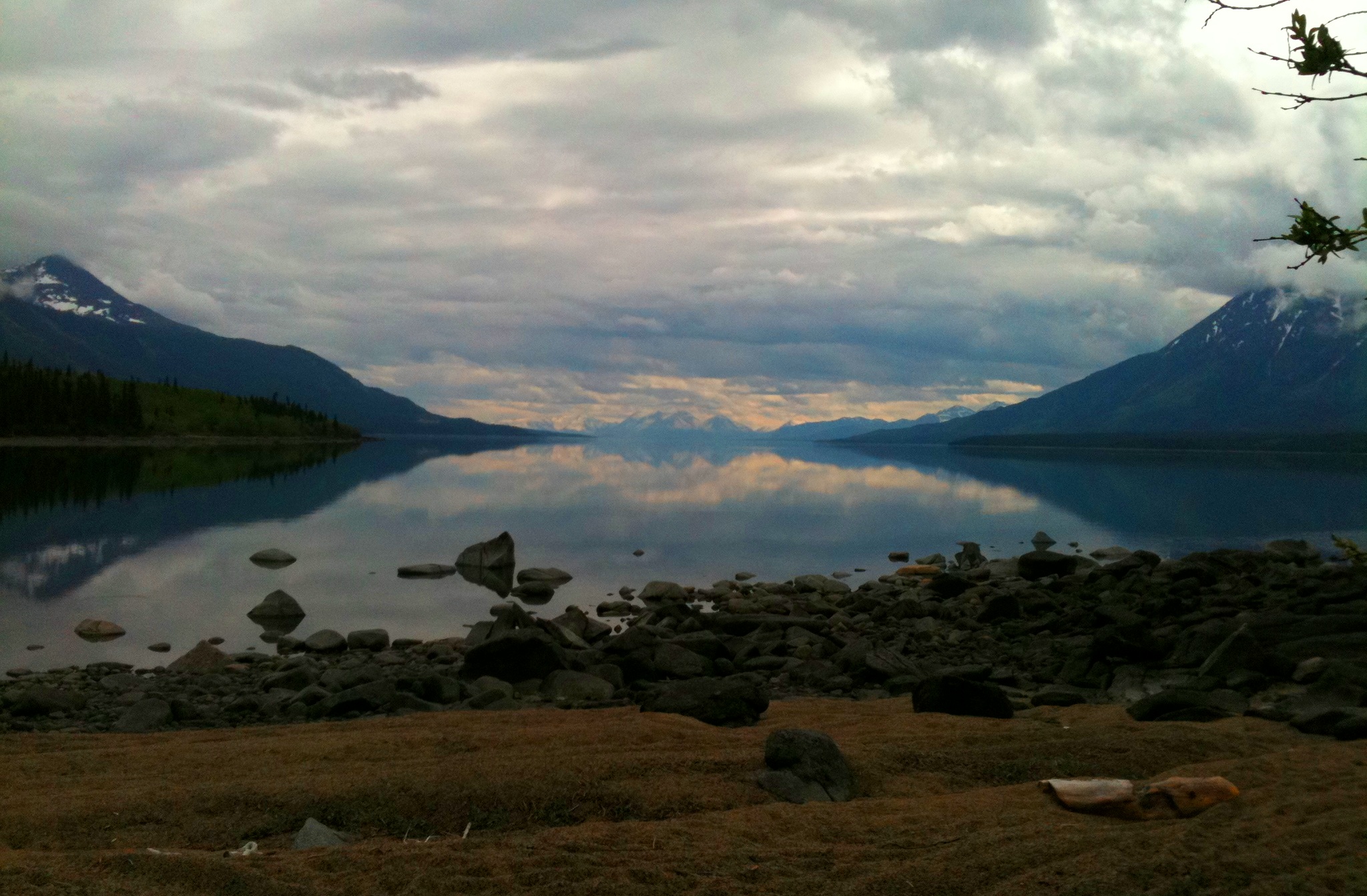
Atlin Lake, Tlingit Territory, YT
Web-Based Information
This website and its 1400+ html pages and pdf documents found within the resources section are provided without fees such that individuals, education institutions, government officials and business representatives can understand historical forced assimilation policies and remnant assimilation policies still embedded within the rule of law and social fabric in Canada.
This web site is upgraded with the help of donations.
Help support this work.
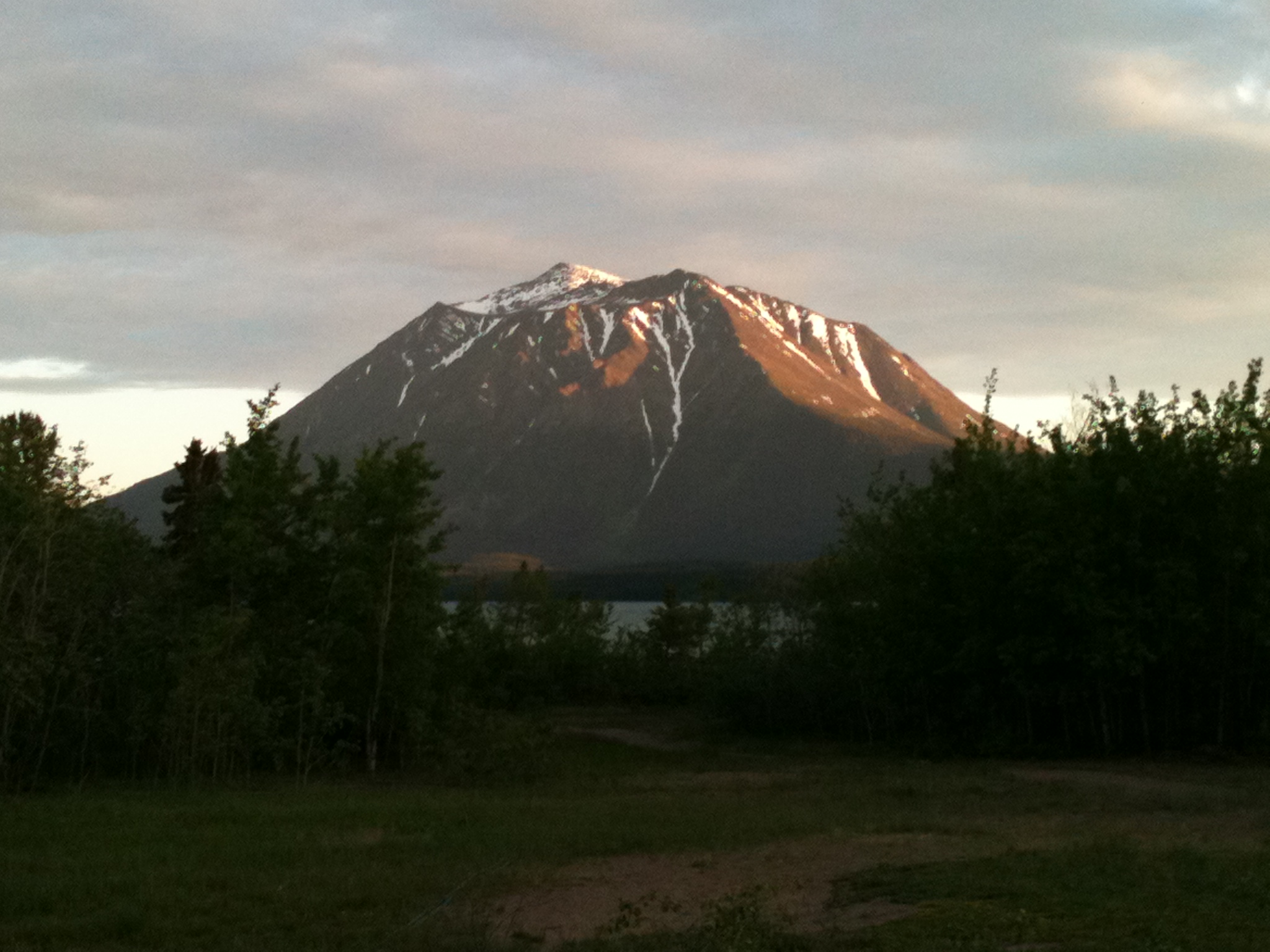
Summer Solstice, Tlingit Territory, YT
Recent Projects
Hereditary Keyoh leaders in Unceded Territories (2019-22)
In late 2019 while garnering research for work with a Dane-zaa Headman, Dr. Herbert crossed paths with a BC Society working to help Central Carrier (Dakelh) hereditary leaders (Keyöhwhudachunne) with their unceded traditional territories known as keyohs in the Stuart Lake area. Cumulative effects of industry development (logging predominantly) have adversely affected/impacted 42 Stuart Lake Keyöhwhudachunne and their keyohs.
Stuart Lake Keyöhwhudachunne have not signed treaties and have not assigned their authority or territories over to First Nation community governances created under federal legislation to replace traditional keyoh-based Dakelh governance. Despite retaining pre-contact authority for their lands and resources, Keyöhwhudachunne are excluded from First Nation community or regional governance. Further, officials in Government of Canada, Government of British Columbia, and resources-extracting corporations refuse to recognize Keyöhwhudachunne rights to their territories and refuse to consult Keyöhwhudachunne on their constitutionally protected pre-existing sovereign, Immemorial (Dakelh) rights.
Research and discussion indicates Keyöhwhudachunne in the Stuart Lake area are recognized by Dakelh people as legitimate governance and decision makers over land and resources within their keyohs. A general model was prepared in late 2020 to create a Keyoh Governance Support Service to provide capacity and administrative support to Keyöhwhudachunne to take their place in modern Dakelh governance. Dr. Herbert worked with the keyoh Society to define an engagement-based project to ensure Creator-based Dakelh law could be included within a Keyoh Governance Support Service. A number of funding proposals were prepared over 3 years.
This work ended in December 2022, but we are unable to release documents on this project.
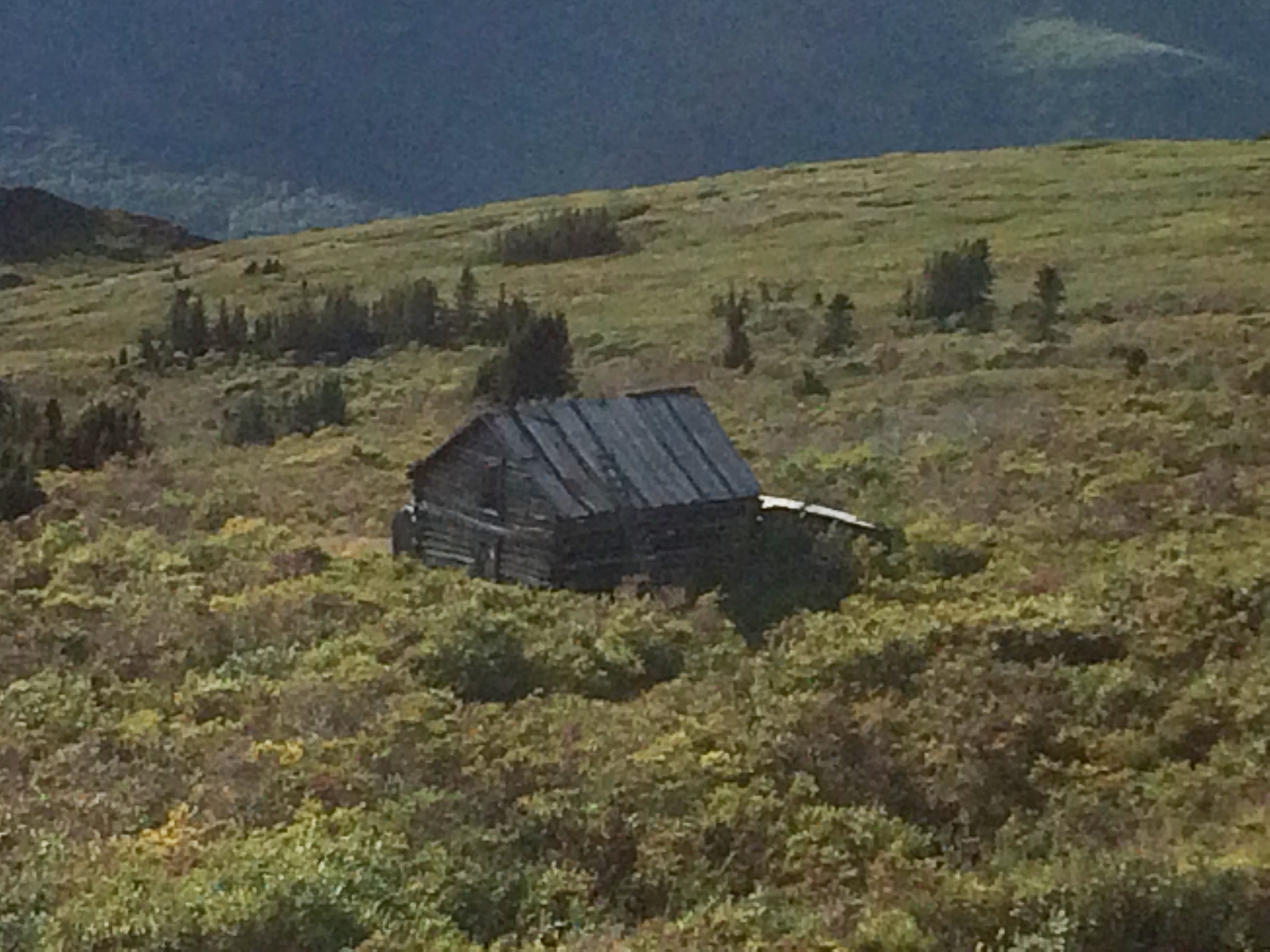
Mine Shack, Tlingit Territory, BC
Traditional Dane-zaa Headman in Treaty 8 (2019-22)
Wet’suwet’en Hereditary Chiefs are the pre-contact sovereign governance for their unceded yintah territories. These Chiefs were not consulted for the Coastal Gaslink pipeline project or other pipeline projects by TransCanada Inc. In early 2019, a liaison for a number of Hereditary Chiefs contacted Dr. Herbert and asked for help to obtain funding and get TransCanada officials to a negotiating table so Hereditary Chiefs could engage. This work was highly volatile due to prolonged refusal by Crown and corporate officials to recognize the sovereignty of Hereditary Chiefs. During this preliminary work, Dr. Herbert met a Dane-zaa (Beaver) elder and hereditary trapping territory Headman whose traditional territory is in the Montney Basin at the center of shale gas development in British Columbia.
Montney Basin falls within Treaty 8 and is claimed by Blueberry River First Nation as its traditional territory. However, Blueberry River First Nation did not exist until 1977. In Dane-zaa Peace River territories, Headmen for eight trapping territories were Treaty 8 signatories. But, treaty rights of Dane-zaa Headmen are not recognized by officials in Government of British Columbia, BC Oil and Gas Commission or in a multitude of resource corporations operating in Dane-zaa traplines. Cumulative effects of oil and gas activities in the Montney basin of Treaty 8 have been proven in court to have severely impacted traditional Dane-zaa territories.
The Dane-zaa elder and Headman, whose Dane-zaa trapline (366,000 acres) was in his family for over 120 years, reached out to CAID for help. Research indicated the elder was in fact a Headman (Hereditary Chief) and that Dane-zaa Headmen, not community Chiefs, are Treaty 8 signatories for the 1900 Dane-zaa adhesion to Treaty 8. Engagements for over sixty different resources projects were undertaken plus consultation dialogues were attempted with Blueberry River Chief and Council, eight resource corporations, three Government of British Columbia ministries, BC Oil and Gas Commission, and the office of Premier John Horgan to create opportunities for dialogue and an administrative paper trail to assert and protect this Headman's rights. A pipeline permit determination was appealed to the Oil and Gas Appeal Tribunal.
This Dane-zaa Headman died suddenly in September of 2022 at the age of 75 without passing on traditional knowledge of his family trapline territory.
We are unable to release documents on this project.

Unceded Land, Tlingit Territory, BC
Review of Canadian Policy to Renew Relationships (2018)
Dr. Herbert reviewed the federal Liberal government in Canada’s plan to renew relationships with Indigenous People on a nation-to-nation basis.
This report finds Canada’s plan to renew its relationship with Indigenous Peoples will continue to colonize Indigenous lands and assimilate their people. It reveals tools currently used to advance colonization. These tools come together to form a Framework of Colonization. This framework has its root in the historic Doctrine of Discovery. The doctrine was found to be factually, morally and legally wrong by the 1996 Report of the Royal Commission on Aboriginal Peoples and the United Nations. The Truth and Reconciliation Commission of Canada called for the Government of Canada to renounce the Doctrine in 2015.
This report screens Principles upon which the federal government is renewing its relationship, whole-of-government and distinction-based approaches, permanent bilateral mechanisms, capacity building, the new fiscal relationship, funding, treaties and the recognition of rights framework were all reviewed and found to retain the Framework of Colonization, its tools and the Doctrine of Discovery.
This report concludes with finding that Canada’s policy towards self-determination of Indigenous Peoples denies international rights to self-determination while continuing to oppress sovereign Indigenous rights. Government of Canada officials’ plan to renew their relationship with Indigenous Peoples does not recognize Indigenous sovereignty, Indigenous law, Indigenous jurisdiction or sovereign Immemorial rights. Canadian officials' policies continue assimilation of Indigenous Peoples and advances Crown colonization objectives.

Canol Hotel, Kaska Territory, YT
Creating Indigenous-owned Health Service Infrastructure (2016-17)
In late 2015, we were engaged with a medical school graduate in an effort to connect them with a medical residency in remote First Nation family medicine. We discovered there was no post-graduate medical residency training for remote First Nation Family Medicine in Canada.
Initial work on creating a remote First Nation medical residency program with remote First Nation community progressed to the regional tribal council level. At that level, it was identified that there was a need for an infrastructure to facilitate and coordinate delivery of First Nation health programs in remote communities, including missing culture-based healing programs. This new infrastructure would rectify service delivery gaps between First Nation and non-native health care systems plus address the medical residency training program we had started the work with.
We obtained funding in 2016 for the tribal council to develop the underlay for a First Nation-owned alternate health care delivery system and the medical residency training program. We worked on that underlay with community, leader, partner, and stakeholder engagements to incorporate an Indigenous health service cooperative owned and governed by nine First Nation communities .
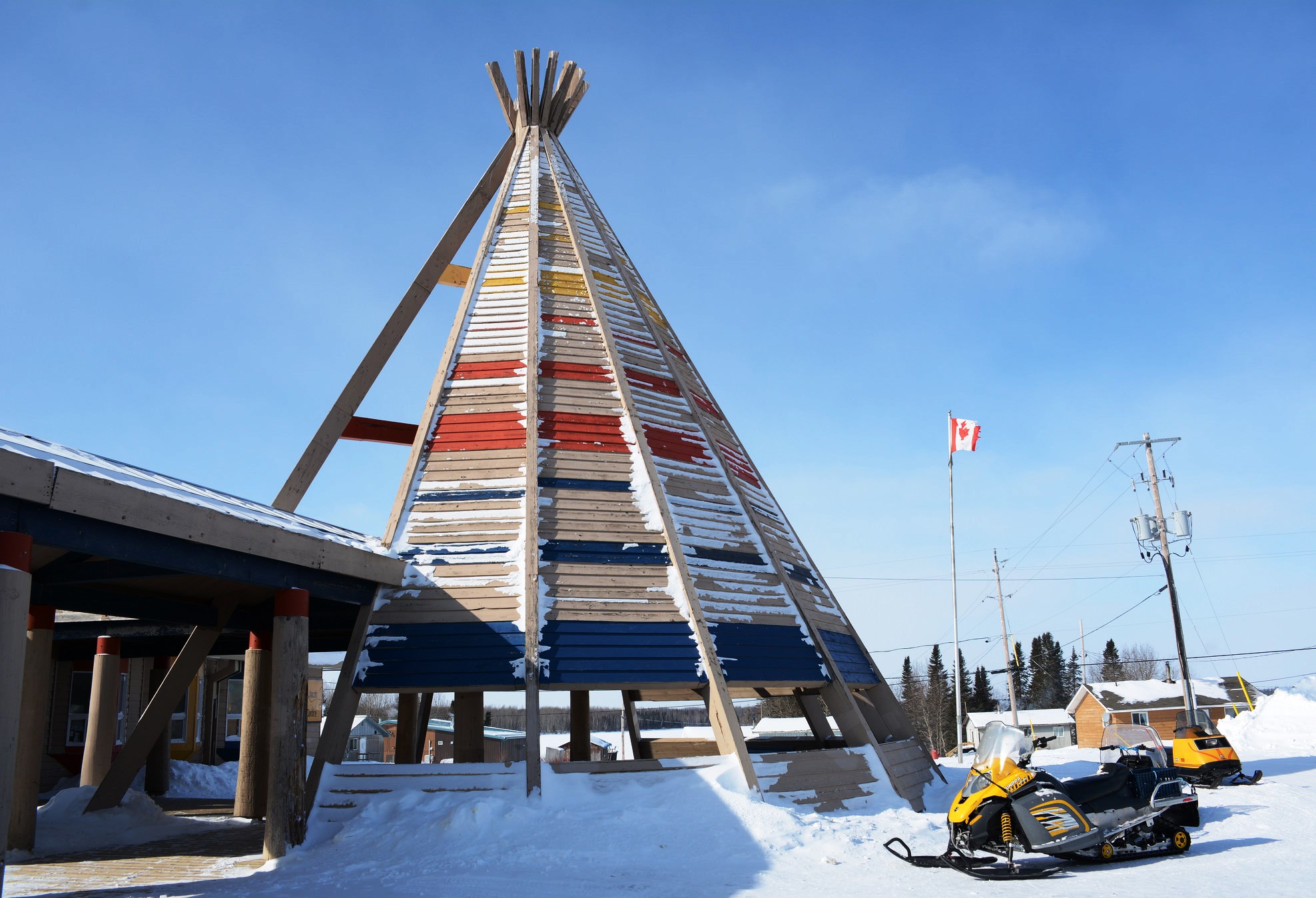
Webequie, Anishinaabe Territory, ON
Consultation-based plan to define indigenous owned Infrastructure (2015-2017)
CAID developed a quintessential Immemorial rights consultation process able to bring forward Immemorial Indigenous rights in a modern context. That expression of Immemorial rights is able to define Indigenous-owned infrastructure that is vitally needed in and for Indigenous communities.
Modern expression of Immemorial rights can be used by Indigenous Peoples in Canada to reconcile rights given to them by the Creator with Crown rights. Reconciled Immemorial and Crown rights allow for building of harmonized infrastructure to close gaps in service delivery to Indigenous communities. Creation of harmonized infrastructure that respects both Indigenous and Crown rights is foundational in developing Indigenous societal institutions for self-determination.
This initiative is developed using reconciliation of First Nation Immemorial rights to steward lands and resources as an example. We originally wrote this initiative in August of 2015 but felt the Government of Canada was not prepared to engage in serious discussions on Indigenous Peoples exercising their Immemorial rights at that time, so we put it away. We submitted this initiative to the Honourable Carolyn Bennett, Minister of Indigenous Affairs and Northern Development Canada, in September 2017.

Sunset, Plains Cree Territory, AB
Other Projects
Dr. Herbert, through CAID, have been involved with a number of projects. If you require more information regarding previous projects, do not hesitate to contact us.
© Christian Aboriginal Infrastructure Developments
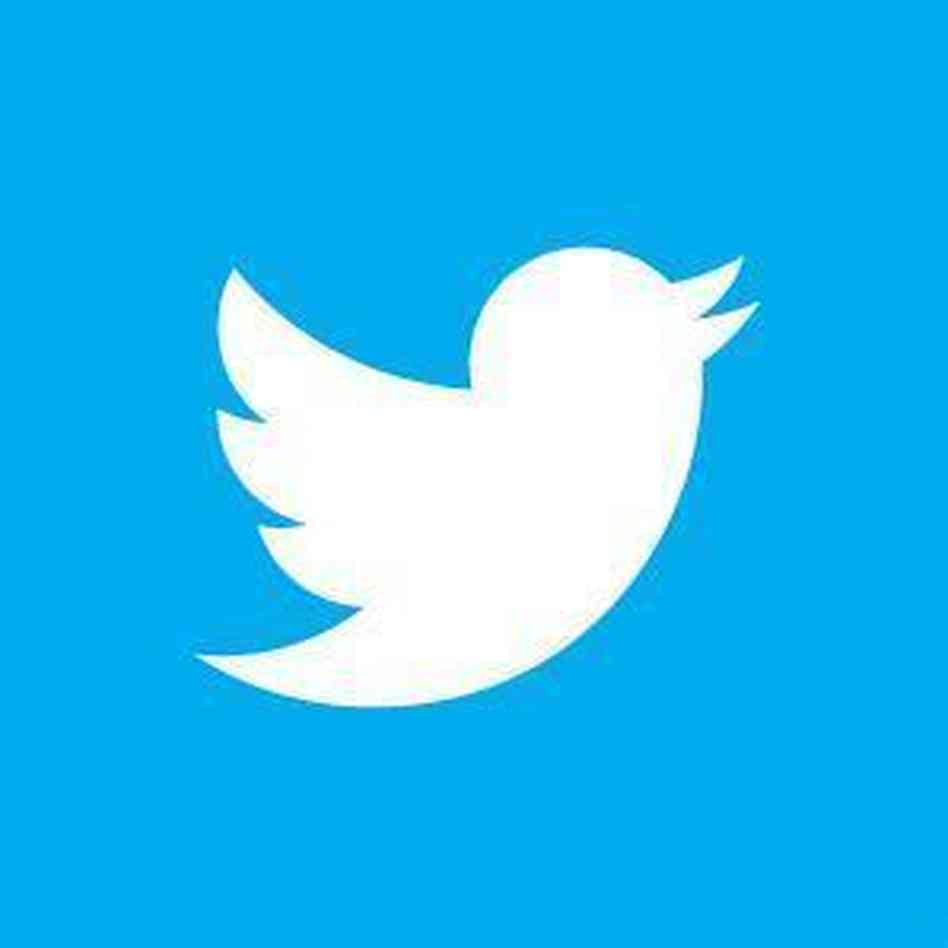 Follow
Follow